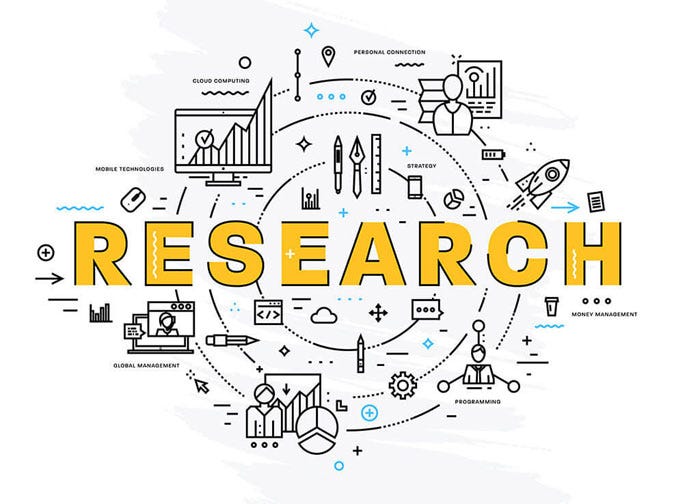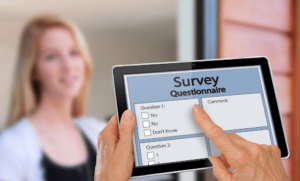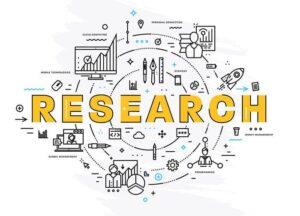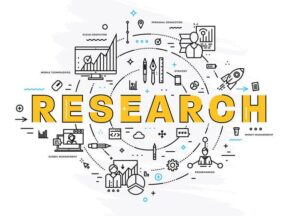
For centuries, medicine was guided by anecdotes and observations. Today, it is powered by data. In the frontier field of life extension, where biology meets computation, the collection of clean, high-resolution data is not just a necessity—it is a make-or-break foundation.
But data isn’t cheap.
From multi-omics biomarker panels to wearable stress sensors, the tools required to gather biological evidence are expensive, complex, and resource-intensive. This article explores why, in many longevity labs today, data collection can consume over 50% of total research budgets—and why this is not necessarily a bad thing.
The Shift Toward Quantified Biology
Unlike traditional drug discovery, life extension research requires ongoing, longitudinal, and multivariate tracking:
• Epigenetic age clocks must be validated against time-series samples.
• Blood biomarkers for inflammation, lipids, glucose, and cellular debris require cold-chain management and lab testing.
• Metabolomic and transcriptomic data demand cloud-scale storage and AI-assisted analysis.
This means that before any meaningful insights can emerge, vast amounts of high-quality data must be captured and cleaned.
The True Cost of Reliable Longevity Data
• Human sample collection (blood, saliva, etc.) involves clinics, ethics approvals, cold storage, and testing fees.
• Wearable integration (heart rate variability, circadian rhythm tracking) requires device partnerships, onboarding participants, and syncing APIs.
• Subject interviews and video documentation require trained personnel, transcription, and secure data archiving.
Even for a mid-sized longevity study, data collection may cost more than the experimental intervention itself.
In short: the experiment is the tip of the iceberg—data is the entire structure below.
⸻
LongevityDataCosts Summary of data collection vs research costs in this field
EpigeneticClockExplained Explainer card on how DNA methylation clocks are validated
MultiOmicsForAging Interactive look at blood, transcriptome, and microbiome data
AIInBiomarkerTracking Shows AI usage in analyzing time-series biological markers
WearableDataSources Overview of smart devices used in longevity research
DataPrivacyInResearch Highlights ethical handling of participant health data
⸻
A Global Race for Data Sovereignty in Aging
Nations are beginning to recognize that owning aging data may be a geopolitical advantage:
• China’s national longevity genome databases are publicly funded and increasingly commercialized.
• USA-based platforms like Calico (Alphabet) or Altos Labs operate closed data ecosystems but with large AI integration capacity.
• Europe maintains strict GDPR protections, slowing open-data development but preserving individual rights.
This geopolitical angle means that data collection is not just about science—it’s about sovereignty, economics, and power.
⸻
Ethical Considerations in Massive Data Collection
The hunger for data comes with risk:
• Participant identity must be anonymized
• Consent protocols must be continuous, not one-time
• AI interpretation of health signals must be auditable
Funding agencies and research boards are now requiring detailed data ethics plans before approving budgets.
⸻
• DNA Methylation Age Clocks – Steve Horvath Lab
• AI + Aging Research (Nature Reviews)
• Global Alliance for Genomics and Health – Data Ethics
• WHO – Ethics & Big Data in Health ResearchIn longevity science, the pursuit of better data is not a burden—it is the breakthrough. Every extra dollar spent on accurate, transparent, and ethical data collection accelerates the discovery of treatments that may one day add healthy decades to human life.
Data is not a side task in life extension.
It is the lifeblood of the entire movement.
⸻
Would you like to move to Article 4 next?
Question 4: “Where do you collect data for life extension research?”
(Hospitals, online databases, aging care facilities, existing archives, etc.)




